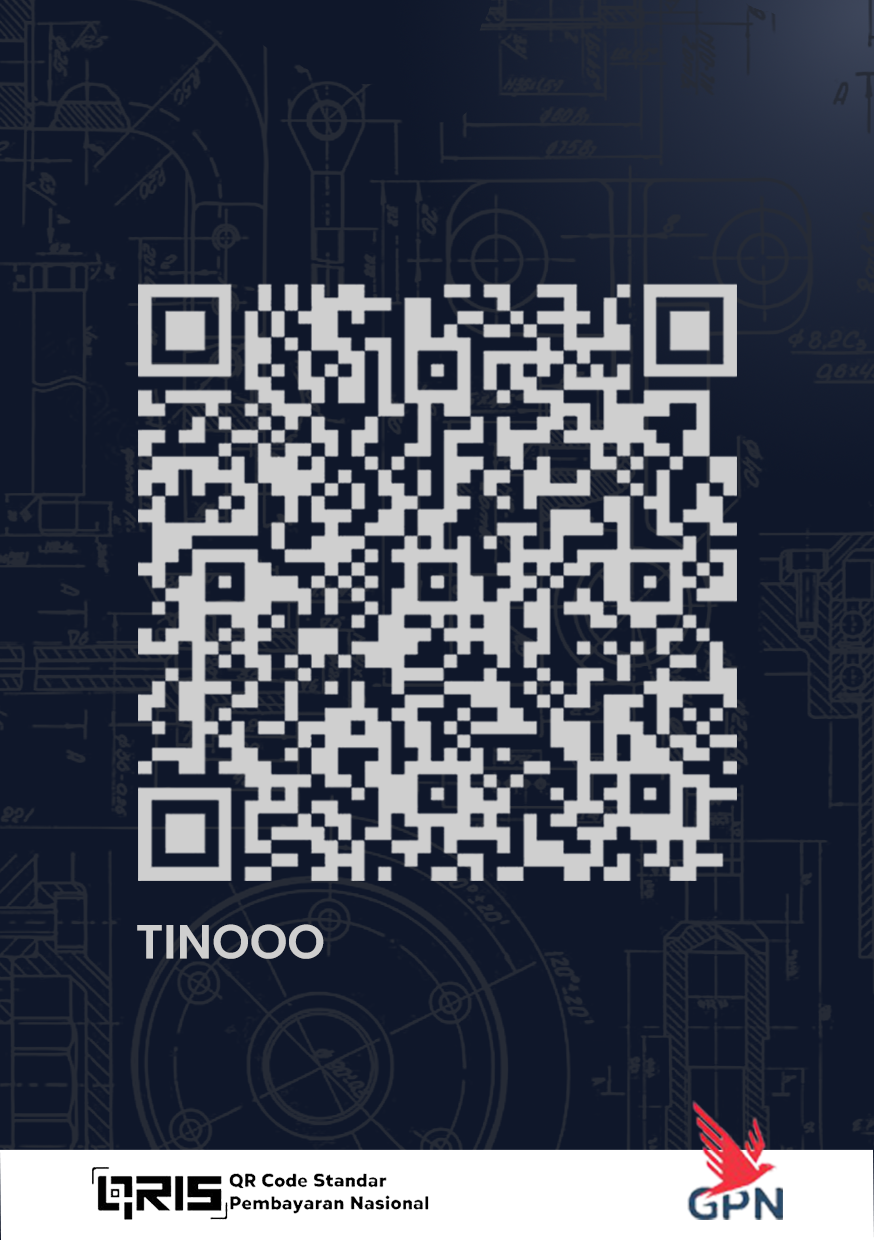The Pressure Principle: Manipulating Fuel Injector Flow
A fuel injector's flow rate is not a fixed number; it's a dynamic value directly governed by the pressure of the fuel behind it. Understanding this relationship is a powerful tuning tool, allowing you to precisely calculate how much more (or less) fuel an injector will supply when you adjust the system's pressure. This is essential for fine-tuning a fuel system or pushing existing components to support more power.
The Physics of Fluid Dynamics
The relationship between pressure and flow is not linear. According to principles of fluid dynamics, the flow rate changes with the square root of the pressure change. This is the core of the calculation.
Calculating New Flow Rate
To find the new flow rate, we multiply the injector's original rated flow by the square root of the ratio between the new pressure and the original rated pressure.
Practical Applications: Why Adjust Fuel Pressure?
Increasing Pressure for More Power
This is a common method to extract more performance from a maxed-out fuel system. By raising the pressure, you force more fuel through the same injector, which can support a higher horsepower target without needing to buy larger injectors immediately.
Decreasing Pressure for Drivability
If you've installed very large injectors for a high-power build, they can be difficult to control at idle and low speeds. Lowering the fuel pressure reduces their effective flow rate, making it easier for the ECU to manage small injection events for a smoother idle.
The Supporting Cast: It's a System Effort
Changing pressure affects the entire fuel system, not just the injectors.
- The Fuel Pump
- Your fuel pump's flow rate decreases as pressure increases. You must ensure your pump can still supply enough volume at the new, higher pressure to meet the engine's demands.
- The Fuel Pressure Regulator (FPR)
- This component is responsible for maintaining the target pressure. For forced induction engines, a 1:1 manifold-referenced regulator is crucial, as it raises fuel pressure in line with boost to maintain a consistent pressure drop across the injector.
